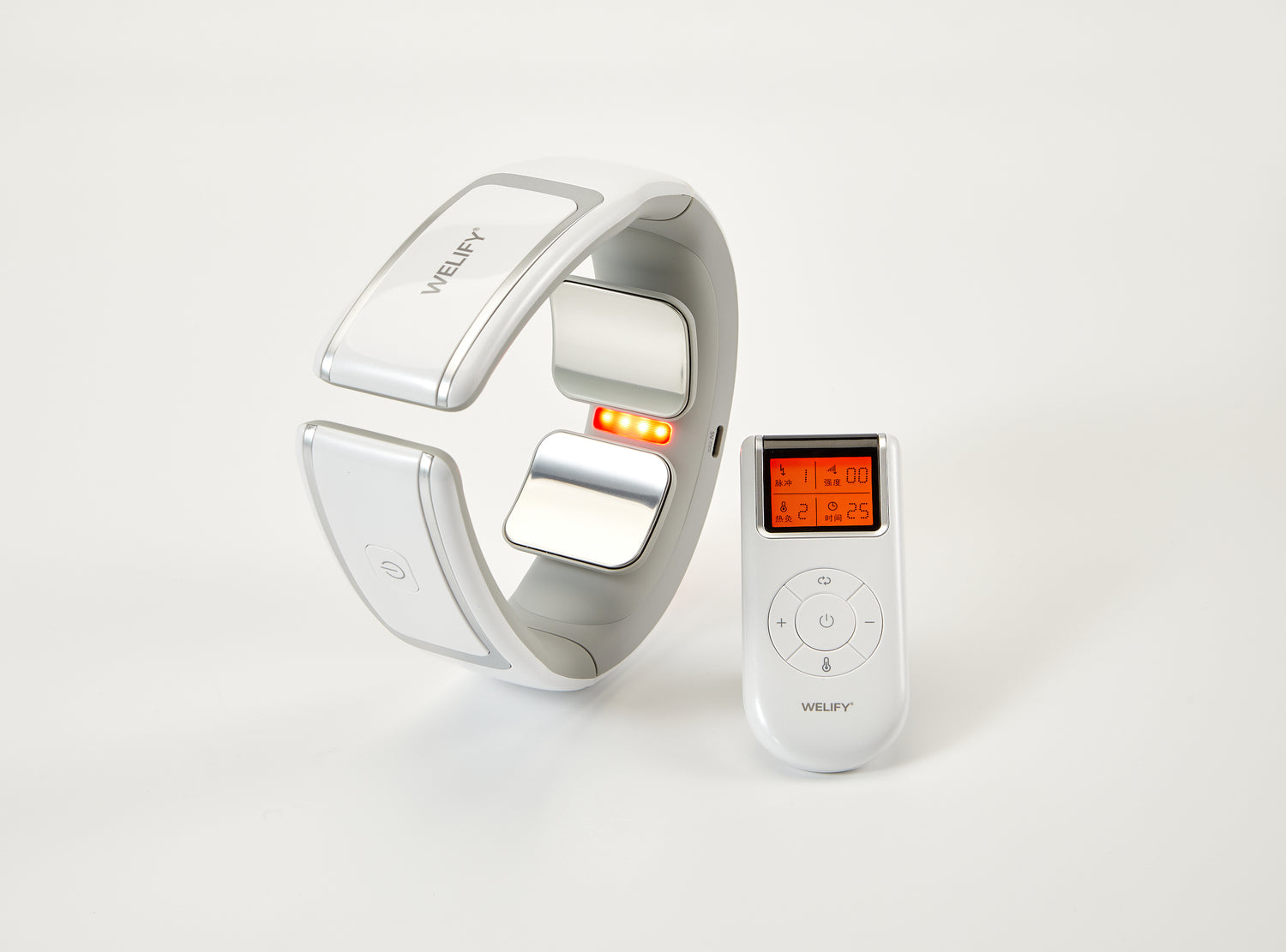Lumbago
Acute pain in the back is often called backache. The name comes from the fact that the pain usually comes suddenly without warning, like a shot. Most often, it is a "stabbing" pain and severely limited mobility, especially in the back.
Back shots hurt a lot in most cases, but are completely harmless. It could be, for example, an irritated disc or muscle that creates this.
What to do?
- Breathe. Pain is a stress for the body which can lead to increased tension.
- Stretch the hip flexors as often as you can. The hip flexor attaches to the spine and it can therefore feel good to stretch it several times a day when you are in pain.
- Lying 90. If possible, get down on the floor lying on your back. Put your lower legs on the edge of a chair/sofa and try to relax for 5-10 min.
- Cold treat. Take something cold from the freezer and put it over the painful area. This can reduce irritation and pain. However, do not put the cold directly on the skin, have a sweater or towel in between!
- Both cold and heat can act as pain relief. Heat/TENS can help. Start at a low level when you are in the most pain, then increase if it feels okay.
- Calm walks as far as possible. Increased circulation in the body speeds up recovery.
Sciatica
The sciatic nerve is the body's largest nerve and comes from the lumbar spine, and runs down the back of the thigh into the calf.
It accounts for large parts of the function of the leg (the back). If the sciatic nerve is irritated, a "radiation" often occurs down the back of the leg, this is called sciatica. Sciatica can be caused by a herniated disc. But in many cases it is due to an irritated disk, or tense muscles in the lower back/seat, for example.
What to do?
- The position that feels best to be in is the best. Forcing the body to do things that hurt is rarely a good solution.
- Cooling treatment as mentioned above in the back section.
- Heat/TENS to stimulate the muscles
- McKenzie pressup can be a good position, just like with a herniated disc. Lie on your stomach with your forearms on the floor just in front of your face. From here, gently push your upper body up so that you bend like a banana up towards the ceiling.
Herniated disc
Our spine is made up of vertebrae stacked on top of each other. Between the vertebrae we have discs that act as shock absorbers and enable mobility in the back. The disk consists of an inner core, which is largely made up of water.
The outer part consists of cartilage in different layers which should give a stable "shell" to the disk.
What happens with a herniated disc?
A herniated disc occurs when there is a crack in the "shell". There can either be a bulging of the disc or if the damage is greater, the fluid inside the disc can leak out (herniated disc).
If the fluid hits a nerve, you can get symptoms such as radiation in the leg. There are different degrees of herniated disc or bulging disc, how much it hurts is very different. You can even have a herniated disc visible on an X-ray, without any symptoms at all.
What to do?
- Take it easy. It is not dangerous and in the vast majority of cases heals by itself
- Stay as active as you can. Do activities that are painless or only feel a little. There are no exercises that suit everyone with a herniated disc, but should be individually adapted.
- Continue to work and live as normally as possible. Taking sick leave and stopping seeing people can make things worse. (Of course, there are some physical jobs that may require sick leave or a change in duties)
- Ask a doctor/pharmacy for help with the pain in the beginning if you are in a lot of pain. -Don't lift heavy for the first time after an injury. -TENS for stimulation of the muscles around the area.


